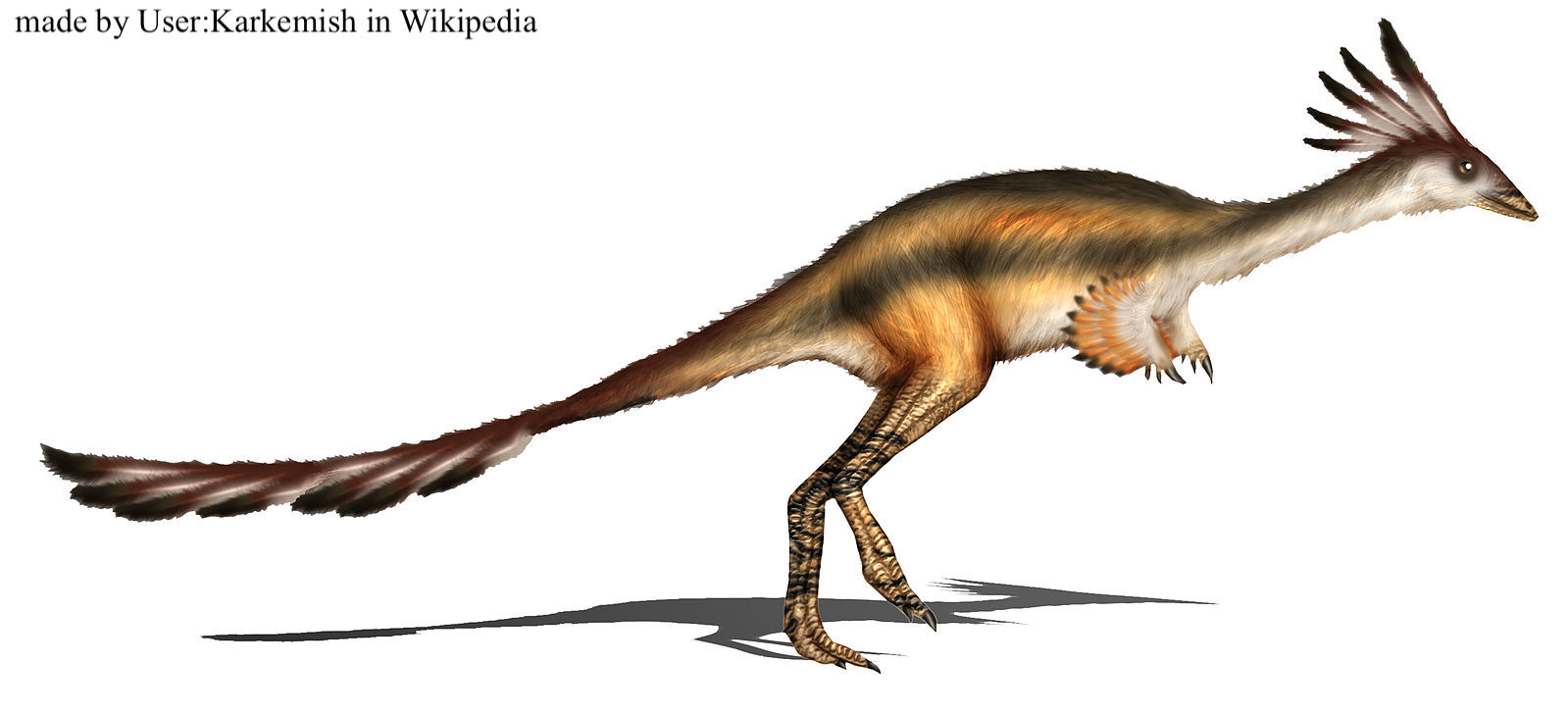Welcome to Alvarezsaurus

Name Definition
Alvarez’s lizard (honoring historian Don Gregorio Alvarez)
Name Given By
José F. Bonaparte in 1991
Location
Bajo de la Carpa Formation in Argentina, South America
Classification
Dinosauria, Saurischia, Theropoda, Tetanurae, Avetheropoda, Coelurosauria, Maniraptora, Alvarezsauroidea, Alvarezsauridae
Size
about 0.5 meters tall (1.6 ft), 1 - 1.4 meters long (3.2 - 4.5 ft), approximately 2 - 9 kg (4.4 - 19 lbs)
Temporal Range
Santonian - Campanian stages of the late Cretaceous, approximately 86 - 83 million years ago
Ecological niche
small insectivore
Species/Sub Species
A. colvoi
Diet
as is speculated with all alvarezsaurids, Alvarezsaurus is thought to have been an insectivore and had adaptations to dig up and eat insects like termites
Introduction
Alvarezsaurus is a genus of alvarezsaurid theropods that lived in Argentina during the late Cretaceous. Being the first alvarezsaurid discovered, Alvarezsaurus is the type genus of the family that was first discovered in the late 20th century and the family is of course also named after Alvarezsaurus. Since then, several more genera of alvarezsaurids have been discovered by paleontologists, but, in an ironic twist, Alvarezsaurus has some of the most incomplete remains known in the Alvarezsauridae family and remains one of the least known alvarezsaurids.
Alvarezsaurus has been estimated anywhere between 1 and 1.4 meters long, making it on the bigger end of the size spectrum for alvarezsaurids, the biggest reaching up to almost 2 meters in length. It also seems that Alvarezsaurus, compared to its relatives, is relatively basal and is not included in any of the alvarezsaurid subfamilies. Similar to all its relatives, the 1 digit arms are an iconic feature in the alvarezsaurids. It is widely believed that these stubby claws were used to dig holes into insect mounds such as termites so that Alvarezsaurus and its relatives would be able to pluck out the insects inside the mounds. However, modelling studies haven’t shown so much support for this theory, but it hasn’t been completely discredited, and it may be possible that these claws might have served another purpose. There is still some more evidence for this theory though such as the tube-shaped snout which would have been useful in picking insects individually, as well as the skeletal evidence that Alvarezsaurus and its relatives would have possessed well-developed arm and breast muscles which would have aided it in digging through insect mounds.
Aside from the 1 clawed arms, Alvarezsaurus also possessed relatively slender hindlimbs and a long tail, both of which are adaptations for a cursorial lifestyle, suggesting it was a fast and agile animal.
Given Alvarezsaurus’ basalmost position in the Alvarezsauridae as well as the fact that another alvarezsaurid, Achillesaurus, is also basal and from Argentina, has driven scientists to believe that Patagonian alvarezsaurids were the most basal and least derived kinds of alvarezsaurids, until the discovery of Chinese Haplocheirus in 2010 which proved to be more basal than Achillesaurus and Alvarezsaurus. Because Achillesaurus and Alvarezsaurus are both known from the Bajo de la Carpa Formation and are basal in the Alvarezsauridae family, Peter Makovicky and colleagues made a study in 2012 that explained why they interpreted the two alvarezsaurid genera to be synonymous, although this claim has not generated a significant amount of support and the two genera are still considered to be distinct.